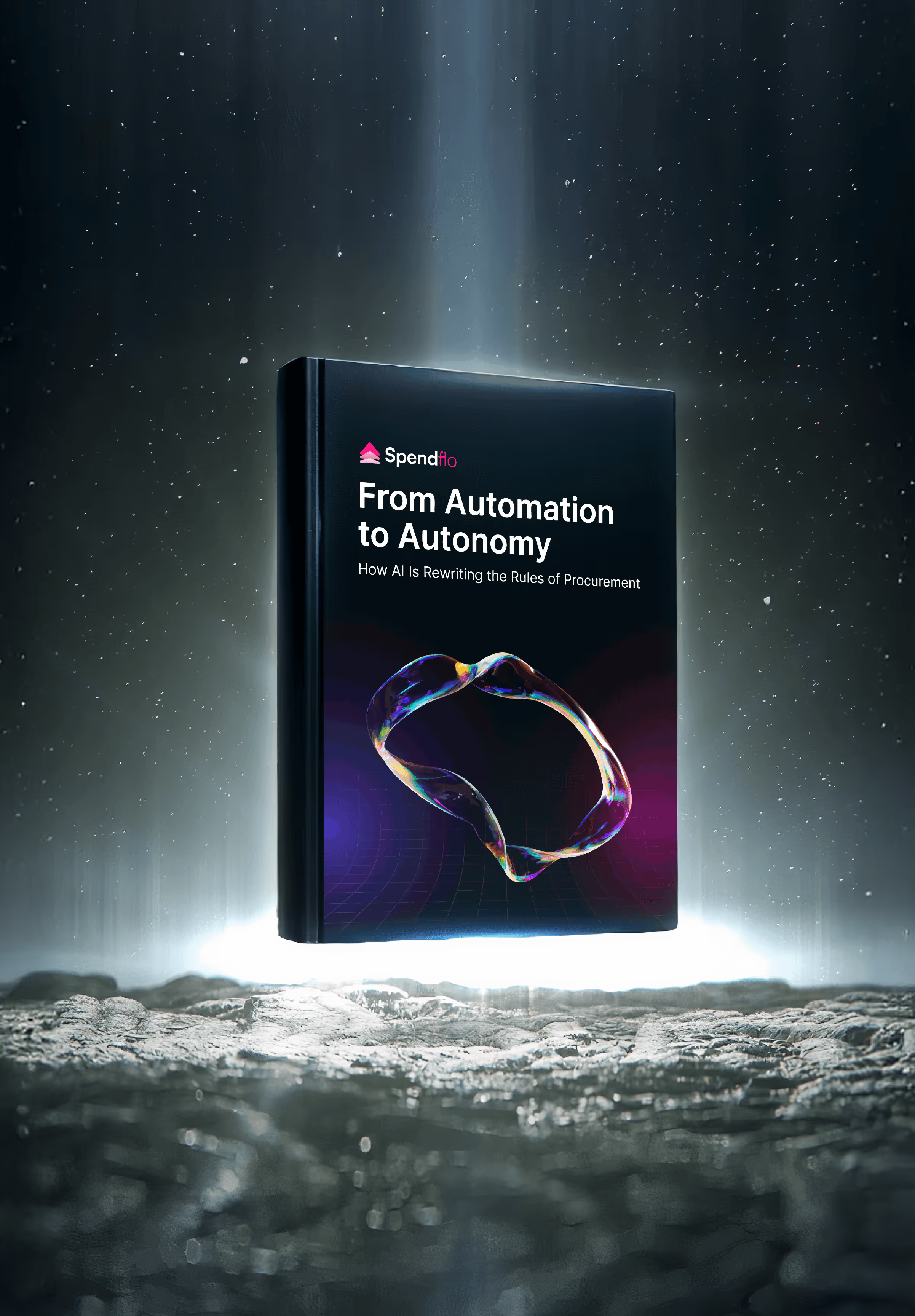

Segment Pricing: The Ultimate Guide

Segment Pricing: The Ultimate Guide
Explore Segment pricing tiers, features, and cost-saving strategies. Learn about Spendflo's optimization methods and discover the best alternatives to Segment.


Today, businesses need to manage customer information carefully to succeed in the data-driven business world. Segment, a Customer Data Platform (CDP), is a trusted solution for thousands of companies worldwide, collecting and organizing raw customer data and turning it into actionable insights from many sources. If you are a business looking to get the best out of your data management investment, you need to understand Segment's pricing structure. The platform offers two distinct pricing models: There are the Connections Model (Free, Team, and Business plans) and the CDP Model (Unify, Unify Plus, Engage plans with custom pricing). In this comprehensive guide, we’ll take a deep dive into these pricing tiers and their features and help you decide which plan will fit your business needs and budget.
How Much Does Segment Cost?
The cost range of Segment is between $25,000 and $200,000, depending on how many features your organization requires, how many people are on your team, and how much customization you need. Segment offers two distinct pricing models tailored to different business needs: the Customer Data Platform (CDP) Pricing Model and the Connections Pricing Model. The models are designed to cater to different scales of operation and data management needs.
Connections Pricing Model
The Connections model follows a tiered structure:
- Free Plan: Perfect for startups, offering 1,000 monthly visitors and basic features, including 500,000 monthly Reverse ETL records, 2 sources, and access to 450+ integrations.
- Team Plan: Starting at $120/month, this plan extends capabilities to 10,000 monthly visitors, 1 million Reverse ETL records, unlimited sources, and public API access.
- Business Plan: Custom-priced for enterprises requiring complex data solutions.
CDP Pricing Model
For businesses seeking advanced customer data management:
- Unify: Combines real-time events with warehouse data for unified customer profiles
- Unify Plus: Enhances Unify with AI-powered predictive traits and calculated profiles
- Engage: The complete real-time CDP solution for profile building and audience activation
All CDP plans feature custom pricing to align with specific business requirements.
Pricing Comparison Table
How to Get a Better Deal on Segment?
To secure the best deal with Segment, you need to take a strategic approach and negotiate knowledge. Here's how to maximize your investment in this powerful customer data platform:
- Multi-Year Commitment Benefits: Explore multi-year contracts to lock in significant savings. In general, Segment tends to provide some major discounts for longer-term agreements (2-3 years), typically 15-25% off standard pricing.
- Volume-Based Advantages: Know the pricing tiers of the Segment. Generally speaking, better rates per event are given to higher data volumes. When you review your projected growth, it will help you negotiate rates fitting for future scaling.
- Bundle Opportunities: Bundled discounts can be found with purchased packages such as Protocols, Personas, and others.
- Strategic Timing: Choose to purchase around major tech industry events or Segment’s fiscal year-end. These are periods of special promotions or a flexibility of pricing negotiations.
- Enterprise-Level Negotiations: If you are using it for large implementations, don’t be afraid to ask for custom pricing. You can present your specific use case and volume requirements and negotiate tailored terms that can work with your needs.
- Budget Discussions: Share your budget constraints and also be clear about what you expect as ROI. In some cases, payment terms can even be structured by Segment's sales team to fit fiscal planning.
- Trial Period Optimization: Use the free trial period to fully explore and measure the features to determine the usage requirements. This data gives you a stronger negotiating position.
- Feature Utilization Analysis: Keep track of how you use your features during evaluation time. Knowing which features bring the most value to the table helps you invest where it’s most important and negotiate for the things that are necessary.
So don’t forget to be informed and prepared for successful negotiation. Instead, focus on building a win-win scenario that satisfies your budget constraints and long-term partnership potential with Segment.
Segment Key Features
Segment's comprehensive data infrastructure platform is built around four cornerstone products, each designed to optimize customer data management and engagement.
- Connections: It serves as Segment's core offering, enabling seamless event data collection across multiple touchpoints—from mobile apps and websites to servers and SaaS applications. This unified data collection capability ensures consistent data federation to downstream operational tools.
- Protocols: It acts as the platform's data governance framework, establishing standardized rules for data collection and storage. This feature enables businesses to strategically define and align event tracking with their specific objectives, ensuring data quality and consistency.
- Unify: It leverages advanced identity resolution technology to create comprehensive customer profiles. By consolidating multiple touchpoints into a single, coherent profile, businesses gain a holistic view of their customer interactions and behaviors.
- Twilio Engage: It is the platform's customer engagement suite that offers sophisticated audience-building capabilities. Organizations can create customized audiences based on specific events, attributes, or computed traits, facilitating automated synchronization with downstream tools for cross-channel marketing personalization. Recent enhancements include direct email and SMS messaging capabilities.
Beyond these core features, Segment offers additional functionalities, including:
- Robust data collection and storage infrastructure
- Advanced data modeling capabilities
- Comprehensive audience management tools
- Real-time data processing and activation
- Reverse ETL functionality
While these features form a powerful integrated solution, it's worth noting that the platform's bundled approach offers limited flexibility in terms of feature selection and customization.
Segment Alternatives
- Tealium: This alternative stands out with its enterprise-grade capabilities and orchestration of real-time customer data. Its Universal Data Hub provides comprehensive tag management, API integration, and machine learning-powered customer journey analytics. Tealium particularly excels in data governance and compliance features, making it ideal for large organizations with complex regulatory requirements.
- mParticle: It offers a sophisticated data infrastructure that specializes in mobile-first analytics and cross-device identity resolution. Its strength lies in providing granular data control and supporting complex customer journey mapping. The platform's real-time audience segmentation and predictive analytics make it particularly valuable for mobile- centric businesses and app developers.
- Snowplow: This platform differentiates itself as an open-source alternative that provides unparalleled data ownership and customization. It enables businesses to collect granular, event-level data across all channels while maintaining complete control over their data infrastructure. Snowplow's flexibility in data schema design and behavioral data collection makes it especially appealing to organizations with unique data requirements or those preferring to host their solutions.
Each alternative offers distinct pricing models and features, making the choice dependent on specific business needs, technical requirements, and budget constraints.

How Spendflo Can Help You Get Better Deals On Segment
Spendflo transforms how businesses manage their Segment spending through expert vendor negotiations and data-driven optimization. Their seasoned team leverages extensive experience to secure better cost and favorable contract terms with Segment. Through real-time usage monitoring and analytics, Spendflo identifies immediate cost-saving opportunities while maintaining performance standards. Their platform streamlines vendor management, handling contract renewals and communications efficiently.
For companies using multiple SaaS solutions, Spendflo's consolidated purchasing approach unlocks additional savings through strategic bundle deals. Their continuous monitoring ensures resources scale with actual demand, preventing overspending while maximizing value. By combining negotiation expertise, usage optimization, and streamlined vendor management, Spendflo helps businesses significantly reduce their Segment expenses while ensuring optimal performance.
Frequently Asked Questions About Segment Pricing
1. How much does Segment cost?
You can expect the standard pricing of the Segment software to range from $25,000 to $200,000. The exact price depends on factors like your organization's needs, custom requirements, feature requirements, team size, etc.
2. What factors affect Segment pricing?
Segment pricing is determined by monthly tracked users (MTUs), data volume, event count, and chosen features. Enterprise plans also consider custom requirements and support levels.
3. What are the different Segment pricing plans?
Segment offers Team, Business, and Enterprise tiers under the Connections Pricing Model. Also, it has three custom plans under the CDP pricing model.
4. Is there a free version of Segment?
Yes, Segment offers a free developer plan with basic features, allowing up to 1,000 MTUs and essential tracking capabilities for small projects or testing.
5. How can I optimize cost at Segment?
Optimize costs by implementing proper event filtering, sampling for high-volume events, removing unnecessary tracking, and regularly auditing data streams for efficiency.










.png)




.png)










.avif)

.avif)
